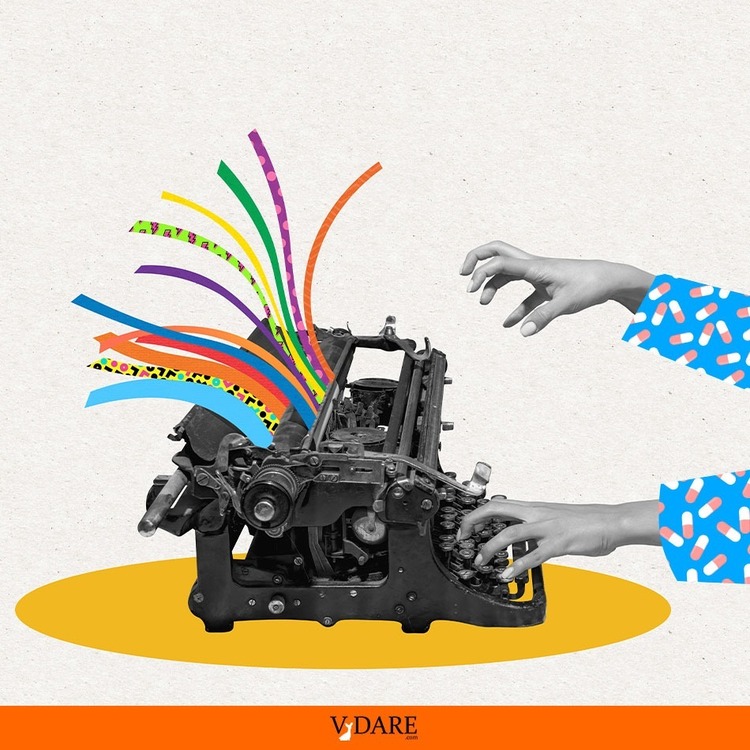


By Steve Sailer
04/09/2024
From a Pioneer Works issue that tells you more than everything you could possibly want to know about the impact of Adderall on 21st century writers:
Adderall House Style
How to know if a writer is on the stuff.
By Amber A’Lee Frost… PARANOIA
“But what if he did, though?”
Paranoia is a common side effect of prolonged stimulant use, and when you’ve convinced yourself that someone is out to get you, it makes sense to find, expose and attack them. You rationalize your hostility as reciprocation, self-preservation, and self-defense. Paranoia also manifests in textual analysis.
Freud said there was little difference between the philosopher and the schizophrenic; both see a conspiracy in the text. A writer may convince themselves of these conspiracies by misinterpreting what they believe to be hidden evidence. On the page, this can manifest as outright accusations (these podcasts are all in cahoots to soft-launch fascism with Peter Thiel funding), or “deep reads” (Joker is a dangerous call to arms designed to activate mass shooter incels). Sometimes the conspiracies aren’t even malevolent; Business Insider published “43 Talor Swift songs, interpreted from a queer perspective,” trawling her lyrics for encrypted confessions of her lesbianism, indecipherable to all but her most insightful fans. Paranoia also tends to self-flatter.
Adderall inspires baseless suspicions and intensifies the desire to decode the uncoded; you can always find sinister signs and patterns if you’re looking hard enough.
“Ha-ha,” I say, while pondering whether to get that third cup of coffee.